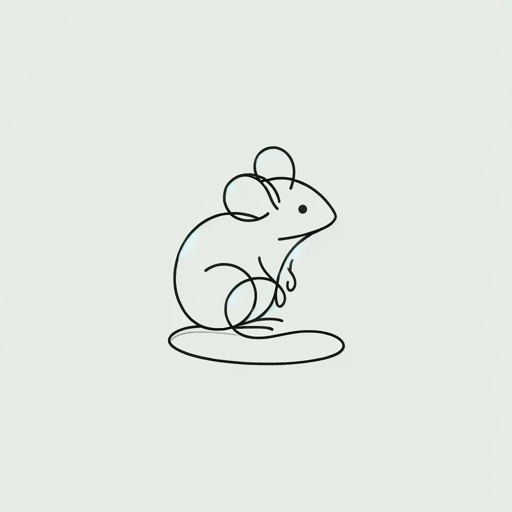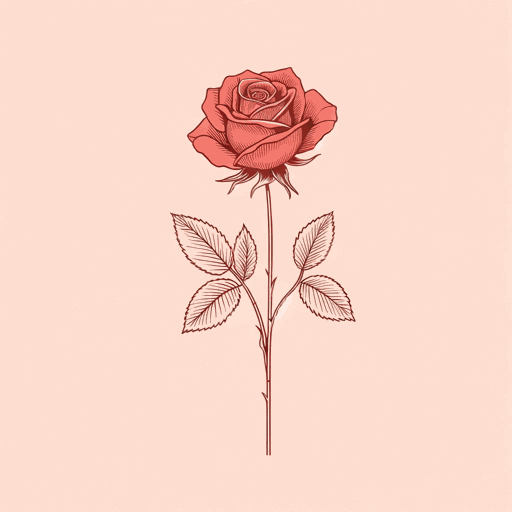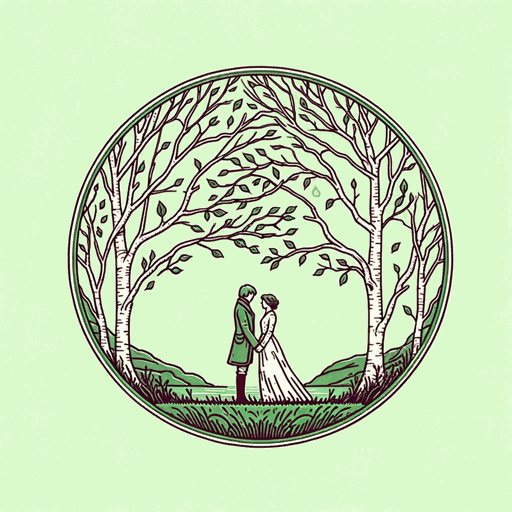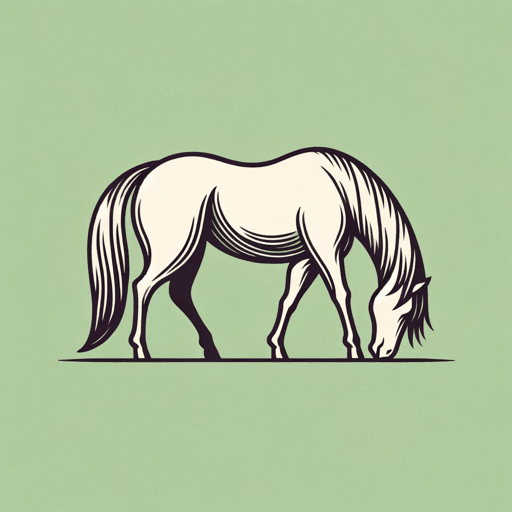21 pages • 42 minutes read
Robert BurnsTo a Mouse
Fiction | Poem | Adult | Published in 1786A modern alternative to SparkNotes and CliffsNotes, SuperSummary offers high-quality Study Guides with detailed chapter summaries and analysis of major themes, characters, and more.
Summary and Study Guide
Overview
Robert Burns, often called either Rabbie Burns or the National Bard of Scotland, is one of the most influential Scottish poets. Though Burns died in 1796 at the age of 37, his works of poetry and Scottish cultural preservation have made him a literary icon among people of Scottish heritage across the world. Burns is perhaps best known for his sentimentality and his use of the Scots dialect.
Poems like 1786’s “To a Mouse,” published in Burns’s first collection Poems, Chiefly in the Scottish Dialect, demonstrate Burns’s engagement with nature and his empathy for non-human life. These qualities align him with the Romantic movement, a literary movement that places an emphasis on the natural world, folk literature, individualism, and the power of emotion. Burns, a farmer, is alleged to have composed “To a Mouse” after accidentally destroying a mouse’s nest with his plow. The poem is a strong exemplar of his empathy and connection with nature. Though many of the larger names in Romanticism, such as William Wordsworth and Percy Bysshe Shelly, came a full generation after Burns, Burns’s work laid many of the movement’s foundations.
Poet Biography
Robert Burns was born in Alloway, Scotland on January 25, 1759. He was the first child of William and Agnes Burnes, who would eventually have seven children. William Burnes was a self-educated tenant farmer and taught his children at home. Burns only attended one year of formal education, which was in mathematics. In 1765, William Burnes and John Murdoch established an “adventure” school, where they educated local children in Latin, French, and mathematics. This school closed in 1768 when Murdoch moved from the parish.
Burns’s father died a bankrupt man in 1784, leaving the farm to Burns and his younger brother Gilbert. The labor involved in working the farm set the scene for many of Burns’s poems, including “To a Mouse,” which was occasioned when Burns accidentally tuned up a mouse’s nest while working the field in late 1785. Burns began writing poetry at 15, and by the time he published his first volume, 1786’s Poems, Chiefly in the Scottish Dialect (where “To a Mouse” was first printed), he had already developed his unique blend of English and Scots that has come to define his style. The collection was a quick success and reprinted the next year. Burns was soon celebrated as a preeminent peasant poet.
In 1785, while working on this first collection of poetry, Burns also fathered the first of his 14 children. Due to heart troubles and the hard labor involved in farm work, Burns moved to Ellisland with his wife Jean Armour in 1788, where he worked as an excise officer. During his time there, Burns began collecting folk songs from the Scots-speaking population. This project aimed to preserve traditional Scottish culture at a time when English was quickly becoming Scotland’s dominant language. Some of Burns’s most famous works, such as “My Luve is Like a Red Red Rose" and "Auld Land Syne” are from this project. Burns would work on the project of cultural preservation for the last 12 years of his life, Before he died at age 37 from heart disease.
Burns is remembered internationally as the National Bard of Scotland, and his influence—particularly in Scotland and North America—cannot be overstated. “Burns Night,” also known as “Robbie Burns Day” in Canada, is celebrated on January 25 in Scotland and across Canada. Statues of Burns appear anywhere large Scottish populations are found, including Montréal, Quebec; Halifax, Nova Scotia; Boston, Massachusetts; and Milwaukee, Wisconsin.
Poem Text
On Turning her up in her Nest, with the Plough, November 1785.
Wee, sleeket, cowran, tim’rous beastie,
O, what a panic’s in thy breastie!
Thou need na start awa sae hasty,
Wi’ bickerin brattle!
I wad be laith to rin an’ chase thee
Wi’ murd’ring pattle!
I’m truly sorry Man’s dominion
Has broken Nature’s social union,
An’ justifies that ill opinion,
Which makes thee startle,
At me, thy poor, earth-born companion,
An’ fellow-mortal!
I doubt na, whyles, but thou may thieve;
What then? poor beastie, thou maun live!
A daimen-icker in a thrave
’S a sma’ request:
I’ll get a blessin wi’ the lave,
An’ never miss ’t!
Thy wee-bit housie, too, in ruin!
It’s silly wa’s the win’s are strewin!
An’ naething, now, to big a new ane,
O’ foggage green!
An’ bleak December’s winds ensuin,
Baith snell an’ keen!
Thou saw the fields laid bare an’ waste,
An’ weary Winter comin fast,
An’ cozie here, beneath the blast,
Thou thought to dwell,
Till crash! the cruel coulter past
Out thro’ thy cell.
That wee-bit heap o’ leaves an’ stibble
Has cost thee monie a weary nibble!
Now thou’s turn’d out, for a’ thy trouble,
But house or hald,
To thole the Winter’s sleety dribble,
An’ cranreuch could!
But Mousie, thou art no thy-lane,
In proving foresight may be vain:
The best laid schemes o’ Mice an’ Men
Gang aft agley,
An’ lea’e us nought but grief an’ pain,
For promis’d joy!
Still, thou art blest, compar’d wi’ me!
The present only toucheth thee:
But Och! I backward cast my e’e,
On prospects drear!
An’ forward tho’ I canna see,
I guess an’ fear!
Burns, Robert. “To a Mouse,” 1786. Robert Burns Federation.
Summary
The narrative of “To a Mouse” begins with its subtitle, which states that the poem was occasioned by the poet uncovering a mouse “in her Nest, with the Plough.” The speaker begins the poem in heavy Scots dialect and describes the mouse in her “cowran” state after being uncovered (Line 1), and attempts to communicate to the rodent that there is no need for it to run away. Nevertheless, the mouse flees her destroyed nest with “bickerin brattle” (Line 4).
In the second stanza, the speaker adopts a detached, philosophical tone, and apologizes for “Man’s dominion” that “Has broken Nature’s social union” (Line 7-8). The speaker goes on to sympathize with the mouse’s “ill opinion” of humanity (Line 9), and to demonstrate his empathy with the creature by calling it an “earth-born companion” and a “fellow-mortal” (Lines 11-12). This empathy extends to the next stanza, where the speaker expresses his understanding of the mouse’s need to eat. The speaker, a farmer, states that he will “never miss” the food that the mouse must eat of his crop (Line 18).
The fourth stanza describes the mouse’s home, a “wee-bit house, too, in ruin” (Line 19). The speaker stresses the necessity of the mouse rebuilding the shelter out of “foggage green” (Line 22) so that the mouse can successfully overwinter. Then the speaker goes on to describe the field and to imagine the mouse’s thought process in building her home there. Since the fields were “laid bare an’ waste” when the mouse constructed it (Line 25), the poet understands why she would think it a good place to build. The last two lines of the stanza reaffirm the information shared in the subtitle, that the poet’s “cruel coulter past / out thro’” the mouse’s nest (Lines 29-30).
The speaker then imagines the work, the “monie a weary nibble” (Line 32), the mouse had to endure to construct her nest. The poem takes a turn with the seventh stanza as the poet makes direct connections between the human and the non-human. He states that for both classes of creature, “foresight may be vain” and that “The best laid schemes ‘o Mice an’ Men” often fail (Lines 38-39).
The poem ends with a brief comparison between the speaker and the mouse. The mouse, the speaker determines, is “blest, compar’d wi’ me” (Line 43). The speaker comes to this conclusion because, while the mouse is currently experiencing misfortune, the speaker sees “prospects drear” behind him (Line 46) and is afraid of the unpredictable future.
Related Titles
By Robert Burns




